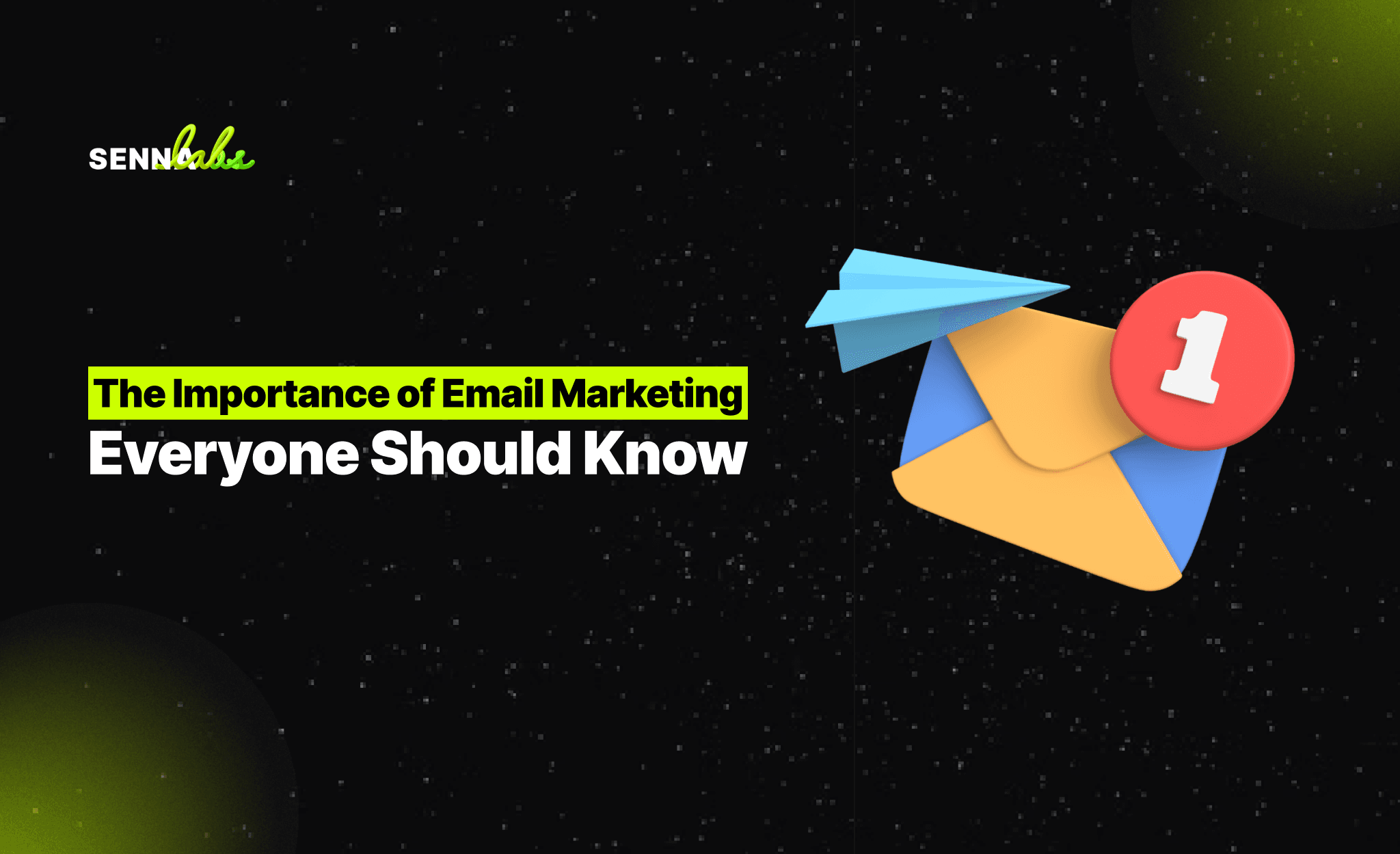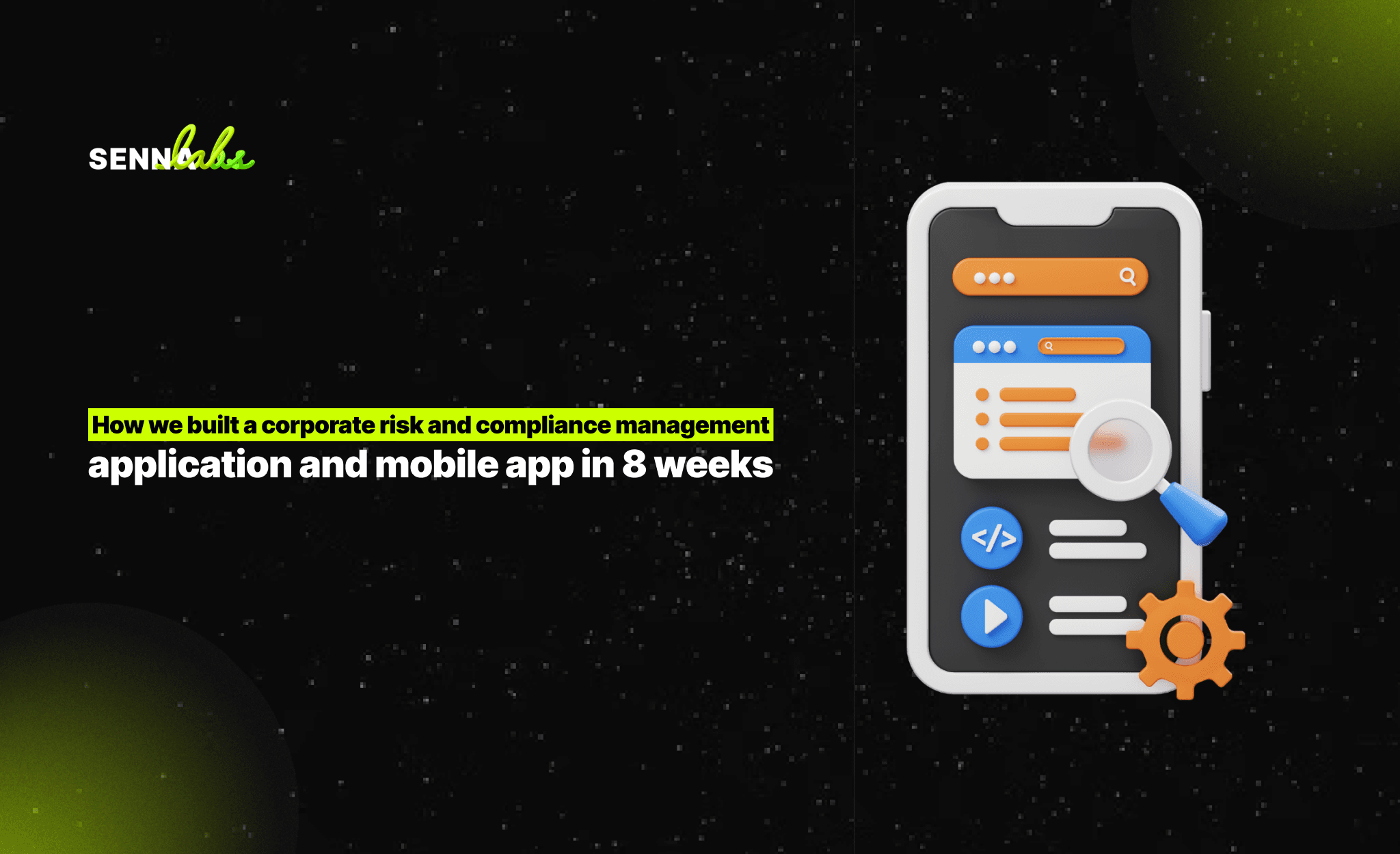The Pros and Cons of Customized and Off-the-Shelf Software for SMEs
Share

For small and medium-sized enterprises (SMEs), choosing the right software solution is a crucial decision that impacts operations, efficiency, and growth. Businesses rely on software for various functions, including customer relationship management, project tracking, and workflow automation. However, selecting between off-the-shelf software, which is pre-built and readily available, and custom software, which is developed to meet specific business needs, requires careful consideration.
This article examines the advantages and disadvantages of both options through a real-world case study of a digital marketing agency. The agency initially used a generic customer relationship management (CRM) system but later transitioned to a custom CRM to better manage projects, track client campaigns, and automate reporting.

The Challenge: A Marketing Agency’s Struggle with a Generic CRM
A digital marketing agency started with an off-the-shelf CRM system to manage client relationships, monitor leads, and track communications. While the software provided standard features, it soon became evident that it lacked the necessary functionalities for a marketing-focused workflow.
Issues with the Off-the-Shelf CRM
-
Lack of Campaign Tracking – The system focused primarily on sales but did not allow tracking of marketing campaigns, making it difficult to measure performance effectively.
-
Manual Reporting Processes – Employees had to compile data from different platforms to generate client reports, consuming significant time and effort.
-
Rigid Workflow Structure – The system’s predefined structure did not align with the agency’s project-based work, leading to inefficiencies.
-
Unnecessary Features – The CRM included many sales-oriented functions that were not relevant to the agency’s operations, cluttering the user experience.
Given these limitations, the agency decided to invest in a custom CRM tailored to its specific needs.
Transitioning to a Custom CRM
After evaluating various options, the agency opted for a custom-built CRM that provided the flexibility and automation required for efficient project and client management.
Key Features of the Custom CRM
-
Integrated Campaign Tracking – The system allowed real-time monitoring of digital marketing campaigns, including SEO, social media, and paid ads.
-
Automated Client Reports – Reports were automatically generated based on performance metrics, eliminating the need for manual data collection.
-
Customizable Workflows – The CRM was designed to align with the agency’s processes, making it easier to manage client projects and tasks.
-
Lead and Prospect Tracking – The system provided a structured approach to managing leads, improving conversion tracking.
-
Seamless Integration with Other Tools – The CRM connected with marketing platforms, analytics tools, and communication software, ensuring smooth data flow.
As a result, the agency significantly improved operational efficiency, reduced administrative workload, and enhanced client satisfaction by delivering timely, data-driven insights.
Comparing Custom and Off-the-Shelf Software
To understand the differences between the two options, let’s compare them based on key business considerations.
1. Cost Considerations
-
Off-the-Shelf Software – Generally more affordable upfront, with subscription-based pricing. However, additional costs may arise for advanced features or integrations.
-
Custom Software – Requires a higher initial investment for development but can be more cost-effective in the long run, eliminating the need for recurring licensing fees.
2. Implementation Time
-
Off-the-Shelf Software – Ready to use immediately with minimal setup.
-
Custom Software – Takes time to develop, test, and deploy but ensures a tailored solution that fits the business perfectly.
3. Customization and Flexibility
-
Off-the-Shelf Software – Limited customization; businesses may need to adapt their workflows to fit the software’s structure.
-
Custom Software – Fully customizable, allowing businesses to implement workflows and features specific to their needs.
4. Scalability
-
Off-the-Shelf Software – May not scale effectively as business requirements evolve, leading to potential migration issues.
-
Custom Software – Built with scalability in mind, making it easier to expand and add new features as needed.
5. Integration with Other Tools
-
Off-the-Shelf Software – May not integrate smoothly with existing systems, requiring additional tools or manual workarounds.
-
Custom Software – Designed to integrate seamlessly with the business’s preferred platforms, improving efficiency.
6. Maintenance and Support
-
Off-the-Shelf Software – Comes with vendor support, but businesses are dependent on external providers for updates and bug fixes.
-
Custom Software – Requires in-house or outsourced maintenance, but businesses have full control over updates and improvements.
Pros and Cons of Customized and Off-the-Shelf Software
Advantages of Off-the-Shelf Software
-
Lower Initial Costs – More affordable for businesses with budget constraints.
-
Quick Deployment – Ready to use with minimal setup.
-
Regular Updates and Support – Vendors provide updates and customer support.
-
Industry Best Practices – Designed based on standard workflows, benefiting general business operations.
Disadvantages of Off-the-Shelf Software
-
Limited Customization – Businesses may struggle to tailor the system to their needs.
-
Unnecessary Features – Some functions may not be useful, adding complexity.
-
Integration Challenges – May not work well with other software used by the business.
-
Scalability Issues – As the business grows, the software may become insufficient.
Advantages of Custom Software
-
Tailored to Business Needs – Designed specifically for the organization’s unique processes.
-
Higher Efficiency – Eliminates redundant manual tasks and streamlines operations.
-
Seamless Integration – Connects smoothly with existing business tools.
-
Scalability – Can evolve alongside business growth without the need for a major system change.
Disadvantages of Custom Software
-
Higher Initial Investment – Development costs can be significant.
-
Longer Development Time – Businesses must wait for the system to be built.
-
Ongoing Maintenance – Requires dedicated resources for updates and troubleshooting.
When Should SMEs Choose Custom Software?
While custom software is not always necessary, there are situations where it provides significant value:
-
Business Processes Are Unique – If existing software cannot accommodate a company’s workflows, a custom solution may be the best option.
-
Scaling is a Priority – Businesses expecting rapid growth benefit from a system that can evolve without requiring a costly transition.
-
Manual Work is a Bottleneck – If employees spend excessive time on repetitive tasks, automation through custom software improves efficiency.
-
Integration is Essential – Businesses using multiple software platforms may need a tailored solution to ensure smooth connectivity.
Conclusion:
Both off-the-shelf and custom software have distinct advantages and trade-offs. Off-the-shelf solutions are affordable and quick to implement but may lack flexibility and scalability. Custom software, while requiring a higher initial investment, provides a tailored, efficient, and scalable solution that meets the specific needs of a business.
For the digital marketing agency in this case study, transitioning to a custom CRM resulted in greater efficiency, improved reporting, and enhanced client service. This example highlights that while off-the-shelf software may serve as a temporary solution, businesses with specialized needs often benefit from custom-built systems in the long run.
Ultimately, SMEs must assess their operational challenges, growth objectives, and budget constraints before deciding which software approach best aligns with their business strategy.

Share

Keep me postedto follow product news, latest in technology, solutions, and updates
Related articles
Explore all


